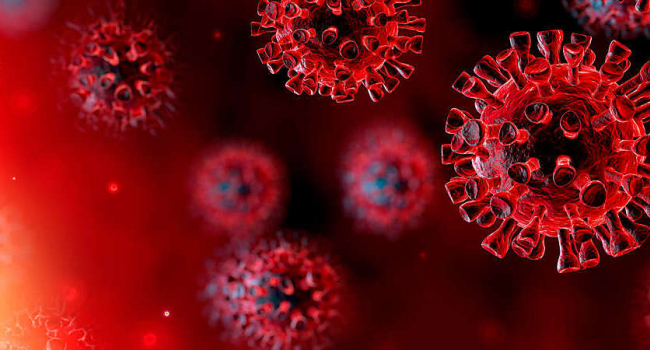Pain after COVID-19 can be explained by abnormalities in the neurons of the spinal cord, Medical Xpress reported, citing the press service of the American Society for Pharmacology and Experimental Therapeutics.
Scientists analyzed the activity of a particular group of genes in hamster spinal cord and brain neurons. They also made similar measurements in animals that had had the flu. Subsequent comparison of the two groups of test subjects revealed that after SARS-CoV-2 penetration, long-term abnormalities develop in the spinal cord cells responsible for transmitting pain signals to the brain.
According to scientists, signaling molecules – ILF3 proteins that began to be overproduced when the virus entered the body – were responsible for the malfunctions in the cells. Having discovered this pattern, the doctors injected hamsters with a drug that blocks the production of ILF3.
It turned out that the substance has completely suppressed chronic pain in experimental animals. In further studies, experts plan to conduct similar experiments on larger animals and humans who suffer from post-Covid syndrome.


